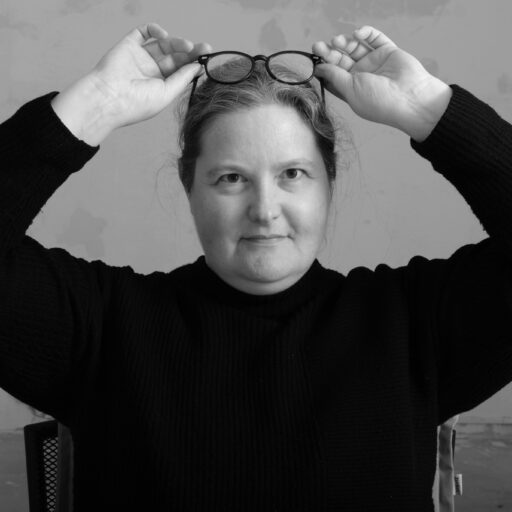This week we have been looking at different methods and methodologies used in photography, starting at the beginning of the week by looking at the definitions of method, methodology and concept themselves. We then looked at some examples of “bad” technique producing “good” photographs and at how taking advantage of this could be a deliberate part of the photographer’s concept. Below is a screenshot of an example from Martin Parr (accessed 03.06.2024), where he puts what would usually be the subject out of focus.

At first look, this photo breaks one of the most fundamental rules of photography: the presumed subject is not in focus.
I have not been able to discover if this photo was given a title by Martin Parr himself. In an article by Josh Bright on the website “The Independent Photographer” in 2023, the work is captioned, “Weymouth, UK, 1999”. If this is, indeed, the title rather than a descriptive caption, it makes a strong case for the beach behind the out-of-focus figure in sunglasses and headscarf as the actual subject of the photo. Many of Martin Parr’s other photographs (a selection can be viewed here) feature an up-front-and center subject, breaking the oft-touted “rule of thirds” much beloved in camera club circles. Given his favour of a central subject, the fact that the head is on the thirds line giving viewers a sight line to the people on the beach in the background, is perhaps a second clue to the beach as the actual subject.
The woman in the photograph is out of focus, but not so much as to be indistinguishable. Her headscarf and the shape of her glasses suggest an earlier era, and the red of the garment and white of the sunglasses combine with the blue of the sea to give the colours of the Union Jack – colours which pop up time and again in Parr’s work and the collection in which this photograph is presented (“Think of England”). If this is coincidence, then it is serendipitous.
This is not a unique example of this choice in Parr’s work. It is not disimilar to “Weymouth, England, 1996”, which you can view featured in this notice of a Martin Parr exhibition featured on the widewalls.ch website (click the image in the link to enlarge).
I’ll be getting into an example from my own photography in the next post.

Leave a Reply